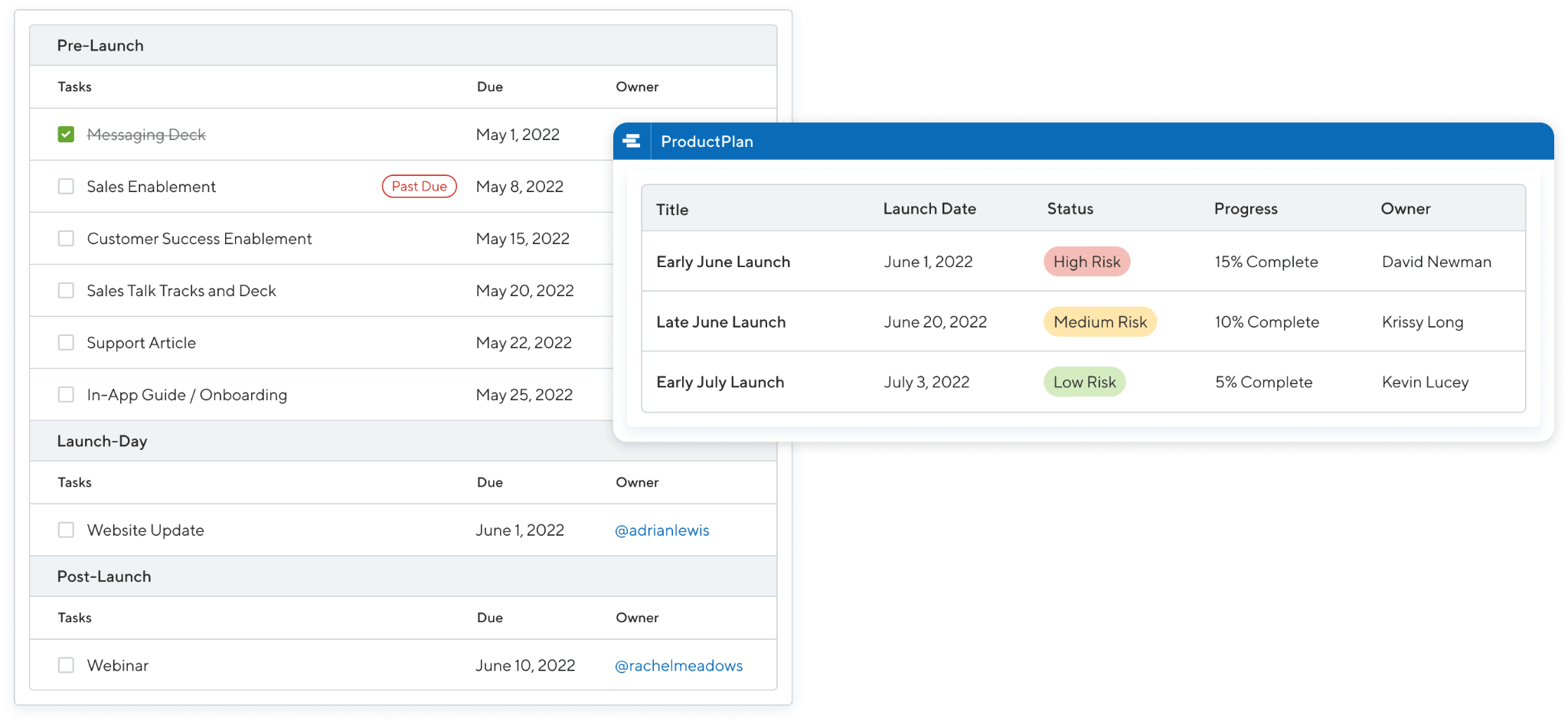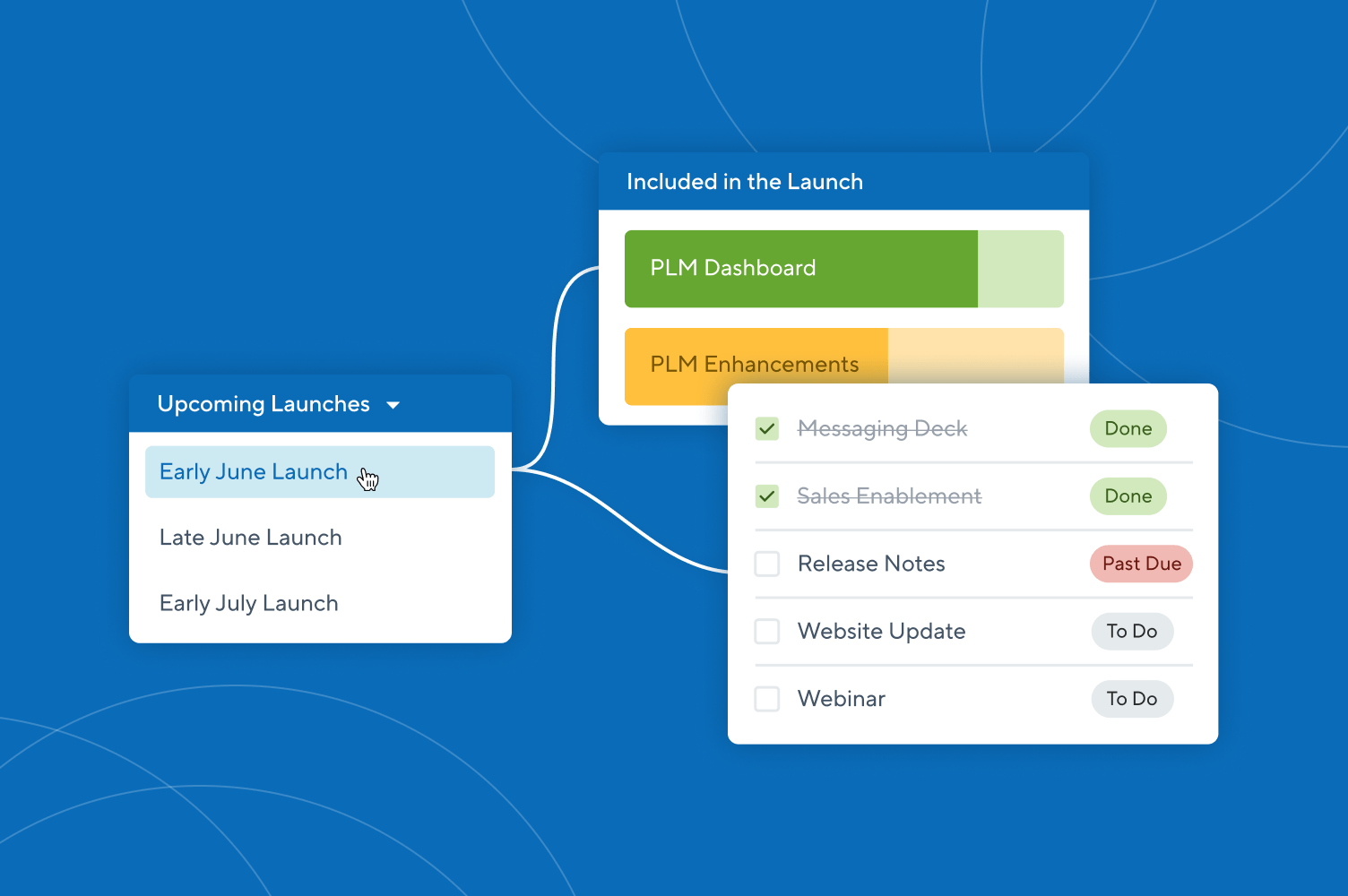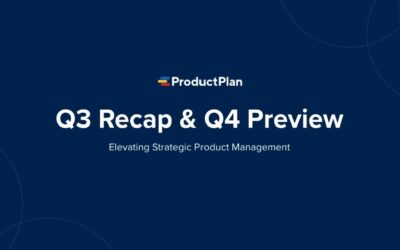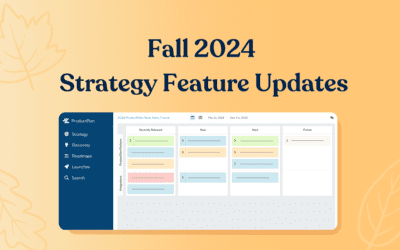As a product manager, one of the toughest challenges I and my fellow PMs face is prioritizing the right features amongst an ever-increasing influx of data from customer feedback, product analytics, and the never-ending list of stakeholder requests.
The pressure doesn’t let up even after you decide on your product strategy and communicate your vision on your roadmaps. The internal pressure to deliver faster and more frequently often leaves product teams feeling like they have to slim down the scope of a feature, change the architecture, or make design decisions, all in the name of expediency.
Thankfully, the product development lifecycle doesn’t always have to exist in a pressure cooker. Therefore, executing an ambitious product roadmap with proper planning is not only possible but also an exciting experience.
A successful product never sacrifices the user experience.
And the one area that you should never skimp on in your development recipe is user experience (UX). Creating a positive user experience is essential for innovative companies to retain customers, grow their user base, and differentiate from their competitors.
At ProductPlan, UX is always top of mind when defining a new feature, and we continue to prioritize it as we refine existing features and functionality over time. It’s something we pride ourselves on, and I am thrilled to be part of an organization that believes in the power of the user experience.
ProductPlan’s journey to enhance the user experience of Launch Management.
Last December, our product and development teams were juggling development cadence and vacation schedules. So, we took a step back and considered prioritizing UX refinements that we could achieve with limited resources. We started by brainstorming the enhancements that we could ship, Kanban style.
The development team, product designer, and I looked closely at ProductPlan’s Launch Management solution. The Launch Management solution is a relatively new feature—we first released it last fall. It is a new tool for product teams that helps them manage a cross-functional go-to-market process. Inconsistent ad hoc launch processes are transformed into visible, flexible, and easily repeatable plans that live alongside the product roadmap.

Despite the newness of Launch Management, we knew it was the perfect place for us to focus on UX enhancements. Our goal with updating the Launch Dashboard was to help customers see the information most relevant to them at the top via launches in descending order by date. We also tackled keyboard navigation improvements to our Add a Task flow in Launch Checklists and did an overall sweep of our UI, including minor tweaks to colors, hover states, alignment, copy, and more.
Some of these enhancements may not sound too flashy on their own. Still, when viewed as part of the overall user experience, they impact how customers feel when using our product, impacting retention, engagement, and growth.
I share this brief behind-the-scenes snapshot of our development process to showcase how essential the user experience is for every stage of the product development cycle.
Still not convinced UX should be a priority? Keep reading to learn three reasons that will change your mind.
1. User retention: When customers are happy, they stick around.
Have you ever walked into a room and couldn’t figure out where the light switch is? Maybe you finally figured it out but continue getting frustrated every time you enter that room.
That’s a poor UX experience, and this stuff happens in software constantly. It’s what leads to user frustration and can ultimately impact churn. A product with a simple, intuitive, and easy-to-use interface is more likely to elicit joy in users.
You may not move houses because of a light switch, but you’d likely think about switching products if it was frustrating to use daily. By providing a seamless user experience, businesses can reduce user frustration and increase joy, leading to higher levels of customer retention.
2. Increase engagement: When it’s easy to use, your customers will use it more.
UX also plays a significant role in enhancing engagement. Every product team uses some metrics to track engagement, whether active use, stickiness, feature usage, or something else. By launch, we’ve usually put a lot of research, validation, and effort into a new capability, so we expect it to do well, right?
Sometimes it doesn’t, and there are many reasons why that could be, such as we just got the customer’s actual problem wrong. But sometimes, it could just need some UX love to reduce complexity. A product or feature that is easy to use and provides a straightforward solution for a customer’s needs will encourage users to spend more time using it.
3. Enable product-led growth: An approachable, easy-to-use user experience will attract more customers.
It’s almost impossible to be in the product world without hearing about product-led growth. The bottom line is that consumers expect to test a product. They want to buy it themselves and roll it out with little to no friction.
Reducing that friction across the product interface is something UX can help with, whether that’s an easy onboarding flow, upgrade paths, or just an overall simple-to-use experience.
Ultimately, UX design is a critical aspect of your product. A well-designed UX can help you minimize churn and increase engagement and product-led growth opportunities. It can help reduce frustration, increase user joy, and eliminate friction.
Try Launch Management today!
Launch Management is available as a part of our Enterprise plan and our two-week free trial. If you’d like to learn more, schedule 45 minutes with us, and we’ll tailor a demo to your unique launch goals and challenges.
We’re looking forward to turning your next product launch into a success!





